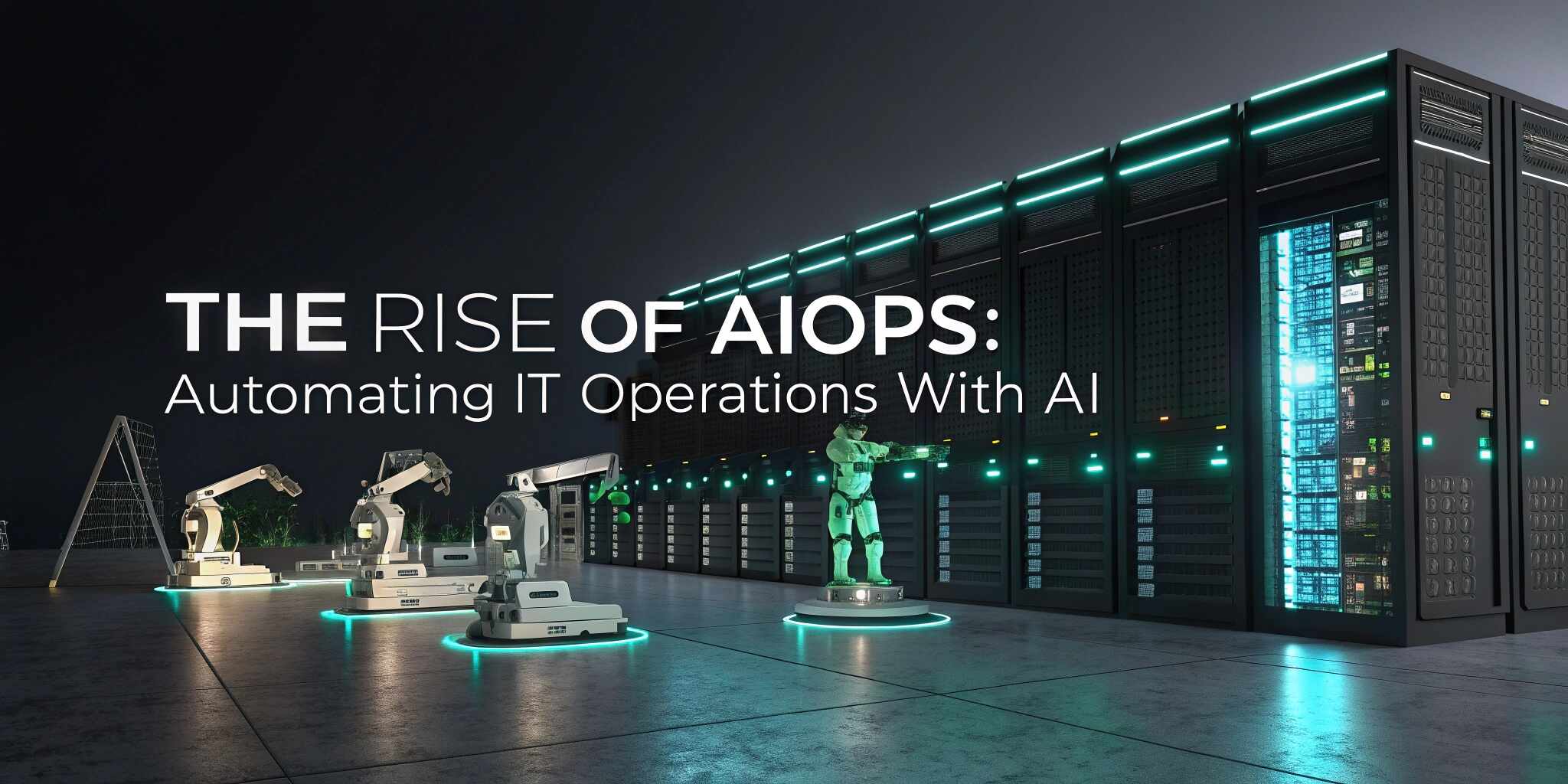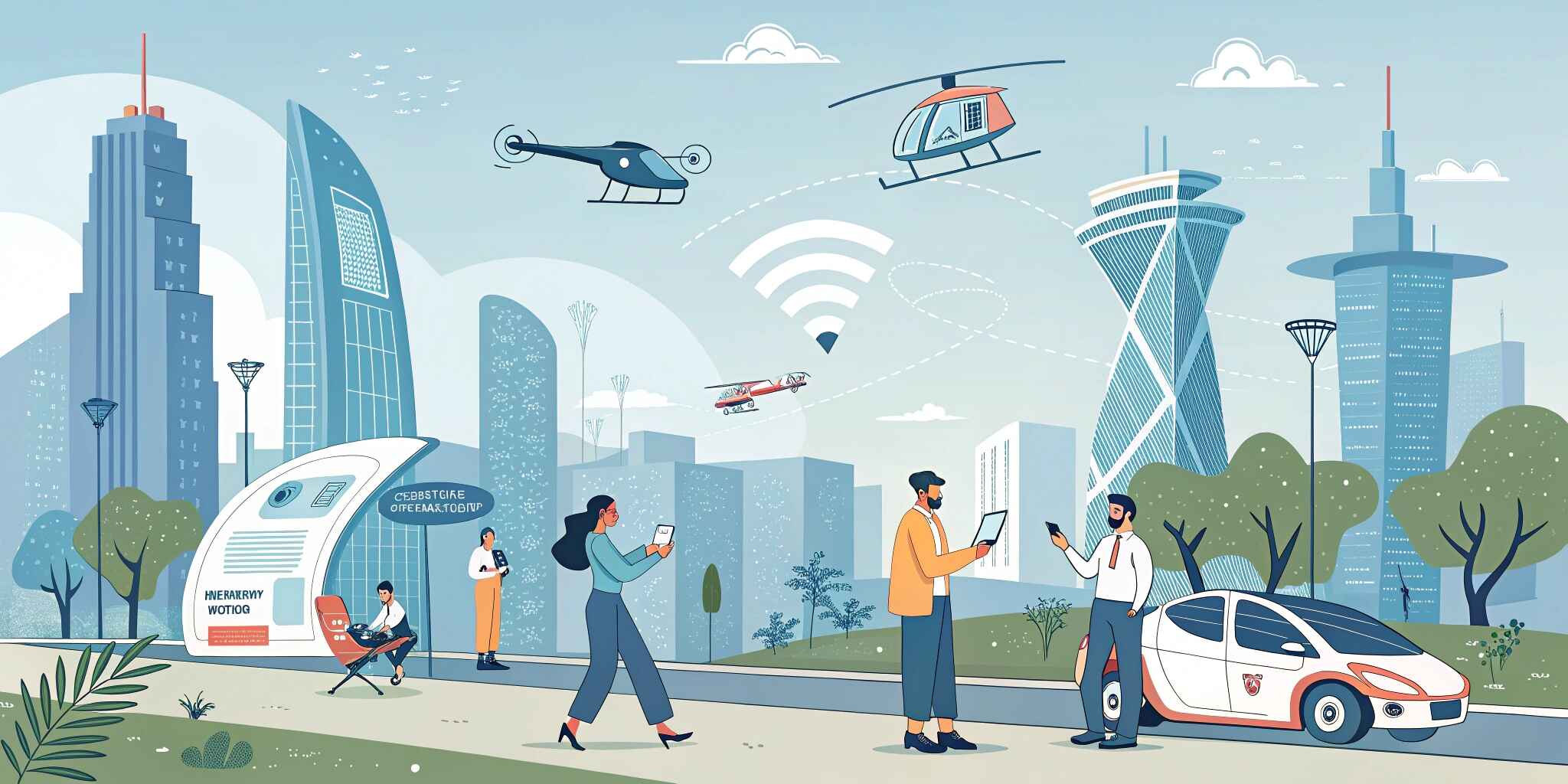In today’s digital-first world, IT operations have become more complex and mission-critical than ever. Enterprises are managing distributed systems, hybrid clouds, edge devices, and high user expectations—all at once. Manual oversight is no longer enough. Enter AIOps (Artificial Intelligence for IT Operations): a new approach that leverages AI and machine learning to automate and optimize IT management in real time.
1. What is AIOps?
AIOps refers to the application of AI and ML technologies to enhance and automate various IT operations functions, including:
- Infrastructure monitoring
- Event correlation
- Anomaly detection
- Root cause analysis
- Performance tuning
- Predictive maintenance
By analyzing massive volumes of operational data, AIOps tools help identify patterns, forecast issues, and even take corrective actions automatically—often before human teams are even aware of the problem.
2. Why AIOps Is Rising in 2025
- Explosion of data: Modern IT environments generate petabytes of data daily.
- Demand for uptime: Downtime is costlier than ever, especially in cloud and SaaS.
- Complexity: Hybrid and multi-cloud architectures make manual monitoring difficult.
- Skill shortage: There’s a global shortage of experienced IT ops professionals.
- Speed expectations: Businesses demand instant issue resolution and performance.
AIOps addresses all of these by providing speed, scale, and smart decision-making capabilities.
3. Core Components of AIOps Platforms
ComponentFunctionData ingestionCollects logs, metrics, traces from all systemsMachine learningIdentifies trends and anomalies in dataEvent correlationConnects related incidents across systemsRoot cause analysisPinpoints the origin of performance or downtime issuesAutomated responseExecutes scripts, alerts teams, or initiates fixes
Popular platforms include Dynatrace, Moogsoft, Splunk, Datadog, and IBM Watson AIOps.
4. Real-World Use Cases
- Proactive Alerting: AI predicts system overloads and sends alerts before failure.
- Incident Reduction: Filters out false positives, reducing alert fatigue.
- Performance Optimization: AI suggests changes to configurations to improve speed.
- Security Monitoring: Detects unusual access patterns or vulnerabilities.
Example: An e-commerce platform using AIOps may detect latency issues in its checkout service and automatically reroute traffic before customer experience is impacted.
5. Benefits of AIOps for IT Teams
- Fewer outages and faster resolutions
- Reduced manual workloads through automation
- Improved visibility into hybrid environments
- Self-healing systems and auto-remediation
- Smarter decision-making with predictive insights
6. Challenges in AIOps Adoption
- Integration complexity: Connecting disparate tools and systems.
- Data quality: Incomplete or noisy data limits AI effectiveness.
- Skill gap: Teams may need AI/ML training.
- Change management: Shifting from reactive to proactive workflows.
Solution: Start with one or two high-impact use cases and expand gradually. Choose platforms with good integration capabilities and vendor support.
Conclusion
AIOps is no longer just a futuristic idea—it’s a strategic imperative. As IT environments become more dynamic, intelligent automation is the key to keeping systems reliable, secure, and efficient. By adopting AIOps, IT teams can move from being reactive troubleshooters to proactive value drivers in the business.
In 2025, the rise of AIOps marks a new era of autonomous, intelligent IT operations—and those who embrace it early will have a significant competitive edge.


